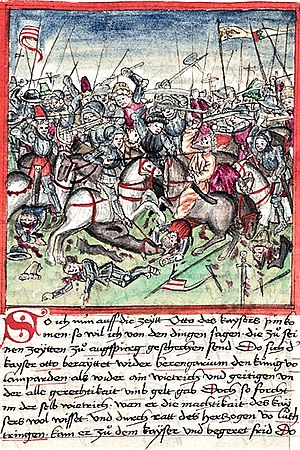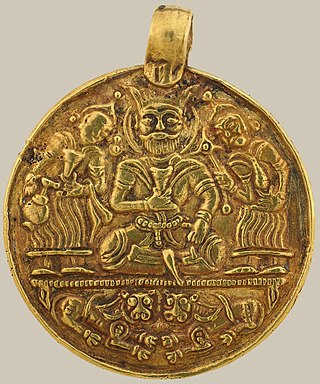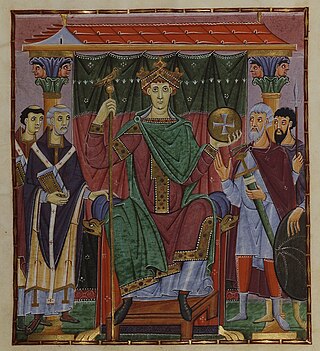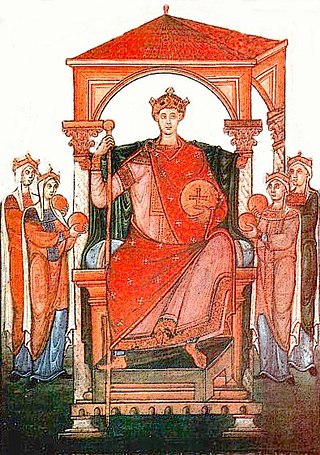| Millennium: | 1st millennium |
|---|---|
| Centuries: | |
| Decades: | |
| Years: |
| 955 by topic |
|---|
| Leaders |
| Categories |
| Gregorian calendar | 955 CMLV |
| Ab urbe condita | 1708 |
| Armenian calendar | 404 ԹՎ ՆԴ |
| Assyrian calendar | 5705 |
| Balinese saka calendar | 876–877 |
| Bengali calendar | 362 |
| Berber calendar | 1905 |
| Buddhist calendar | 1499 |
| Burmese calendar | 317 |
| Byzantine calendar | 6463–6464 |
| Chinese calendar | 甲寅年 (Wood Tiger) 3652 or 3445 — to — 乙卯年 (Wood Rabbit) 3653 or 3446 |
| Coptic calendar | 671–672 |
| Discordian calendar | 2121 |
| Ethiopian calendar | 947–948 |
| Hebrew calendar | 4715–4716 |
| Hindu calendars | |
| - Vikram Samvat | 1011–1012 |
| - Shaka Samvat | 876–877 |
| - Kali Yuga | 4055–4056 |
| Holocene calendar | 10955 |
| Iranian calendar | 333–334 |
| Islamic calendar | 343–344 |
| Japanese calendar | Tenryaku 9 (天暦9年) |
| Javanese calendar | 855–856 |
| Julian calendar | 955 CMLV |
| Korean calendar | 3288 |
| Minguo calendar | 957 before ROC 民前957年 |
| Nanakshahi calendar | −513 |
| Seleucid era | 1266/1267 AG |
| Thai solar calendar | 1497–1498 |
| Tibetan calendar | 阳木虎年 (male Wood-Tiger) 1081 or 700 or −72 — to — 阴木兔年 (female Wood-Rabbit) 1082 or 701 or −71 |

Year 955 ( CMLV ) was a common year starting on Monday of the Julian calendar.







